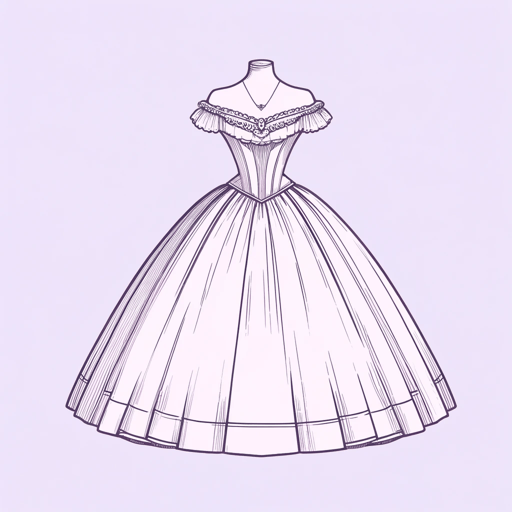33 pages • 1 hour read
Elizabeth GaskellThe Old Nurse's Story
Fiction | Short Story | Adult | Published in 1852A modern alternative to SparkNotes and CliffsNotes, SuperSummary offers high-quality Study Guides with detailed chapter summaries and analysis of major themes, characters, and more.
Story Analysis
Analysis: “The Old Nurse’s Story”
“The Old Nurse’s Story” is one of Gaskell’s earliest and shortest works. In it, Gaskell already reveals the literary impulses and narrative techniques that gave her later fiction such appeal for large Victorian audiences, even as she subtly subverts rigid traditional notions of class, femininity, and cultural propriety.
The choice to give Hester a frame narrative softens both the remoteness of the northern setting of her main tale and the ghost story’s eerie brutality. While those two elements heighten the thrill of reading Gaskell’s story, they also potentially endanger her moral authority with a Victorian readership. As she does with most of her fiction, Gaskell writes “The Old Nurse’s Story” both to entertain and to edify, so the frame structure she creates maintains a delicate narrative balance by offering some distance from cruel and unfamiliar incidents. This device is characteristic of Gaskell’s writing: In her later works, Gaskell drew on literary strategies such as biblical allusion and Christian typology, or a self-sacrificing heroine, to balance the more daring elements of her plots with overt respectability.
Related Titles
By Elizabeth Gaskell






